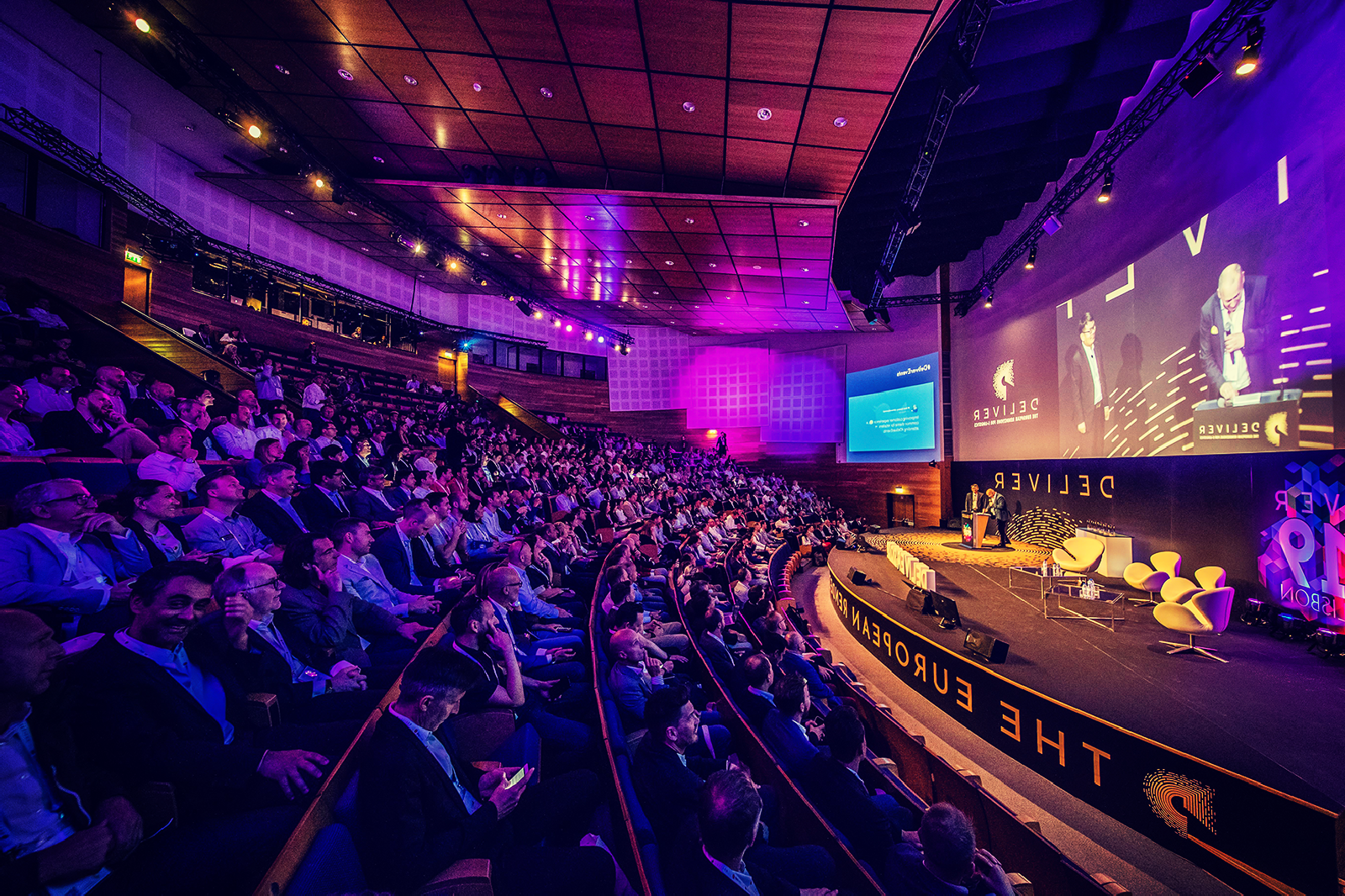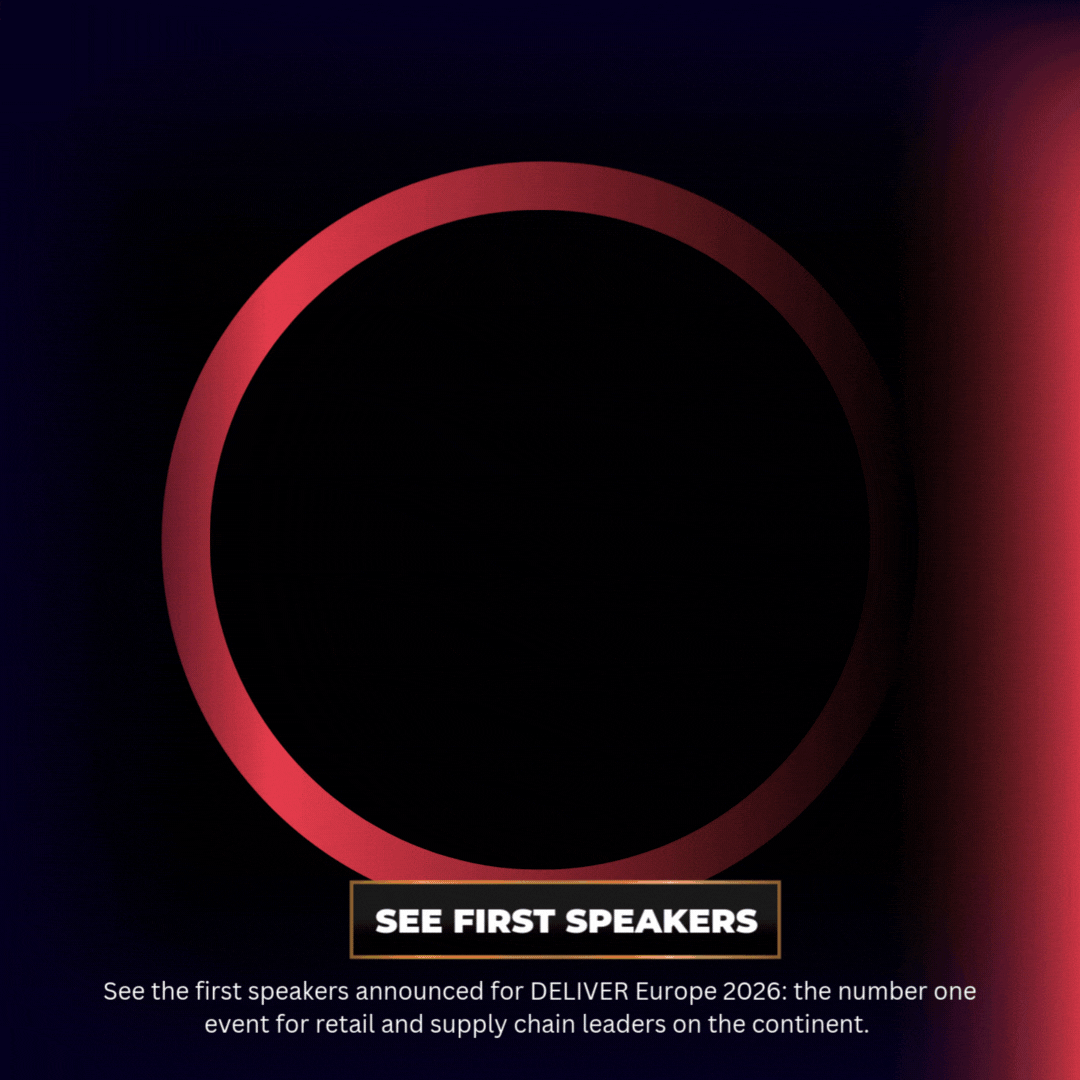Locker Delivery at Scale: Why Retailers Must Act Now
Out-of-home delivery methods like parcel lockers are poised to become the backbone of scalable and sustainable last-mile logistics — but most of the retail world has yet to catch up. In this breakout session, Daniel Starkey, Head of Business at Bloq.it, outlines why the industry must shift focus immediately and collaboratively to avoid long-term breakdowns in fulfilment.
The Pressure on Home Delivery Is Reaching Breaking Point
Despite consumer preference surveys that favour home delivery, Daniel argues that the reality is more complex. Carriers face skyrocketing fuel prices, driver shortages, and rapidly increasing parcel volumes. In just the past decade, parcel volumes have grown by over 500%, and they’re set to continue climbing.
Meanwhile, failed first-time deliveries and escalating delivery costs per parcel are pushing the traditional two-door model toward unsustainability. According to Essendex, there were 11,000 delivery driver vacancies in the UK in 2024 alone. Europe-wide, the figure balloons to over 500,000 vacancies across last-mile and HGV roles.
The Case for Lockers: Infrastructure, Efficiency, and Urgency
Out-of-home solutions like lockers and PUDOs (pick-up/drop-off points) offer 24/7 access, reduce missed deliveries, and can consolidate hundreds of drops into a single location visit. Yet uptake is still slow — with only around 5–10% of parcel volume going through out-of-home channels in most of Europe.
Poland is the outlier, with 80% of deliveries routed through lockers, 90% of the urban population within a 7-minute walk of a unit, and an average of 1,500 locker drops per day by drivers. That’s up to 7x more efficient than traditional home delivery routes.
Retailers: It's Time to Lead
Bloq.it’s research reveals that while carriers are making significant investments in locker networks, retailers have yet to step up in a meaningful way. A few standout examples exist — such as MediaMarkt’s partnerships to place lockers in every store, or Vinted’s transformation from marketplace to full logistics player — but they remain the exception.
Daniel calls on retailers to:
-
Install lockers or parcel shops in or near physical retail stores to boost traffic and access.
-
Promote out-of-home options at checkout, not just as a fallback, but as a preferred method.
-
Collaborate with carriers and regulators to reduce barriers and accelerate deployment.
What About Sustainability?
The environmental case hinges on usage patterns. According to La Poste, 50% of locker pickups in France are made during other trips — school runs, commutes, or errands — significantly reducing the carbon impact. With the right density and consumer education, locker networks can cut CO2 emissions dramatically.
Infrastructure and Policy: The Road Ahead
While solar-powered, standalone locker units now make rapid rollout more feasible, regulatory hurdles remain. In countries like Germany, strict local laws around installation and noise levels continue to delay progress. Daniel argues for a coordinated push from regulators to mandate out-of-home delivery options and simplify approval processes.
Conclusion: A Shared Responsibility
Out-of-home delivery is no longer a side option — it’s the only sustainable path forward for ecommerce logistics. But no one actor can drive change alone. Carriers, retailers, consumers, and governments must all move in concert to create the infrastructure and behaviour shift needed to scale.



